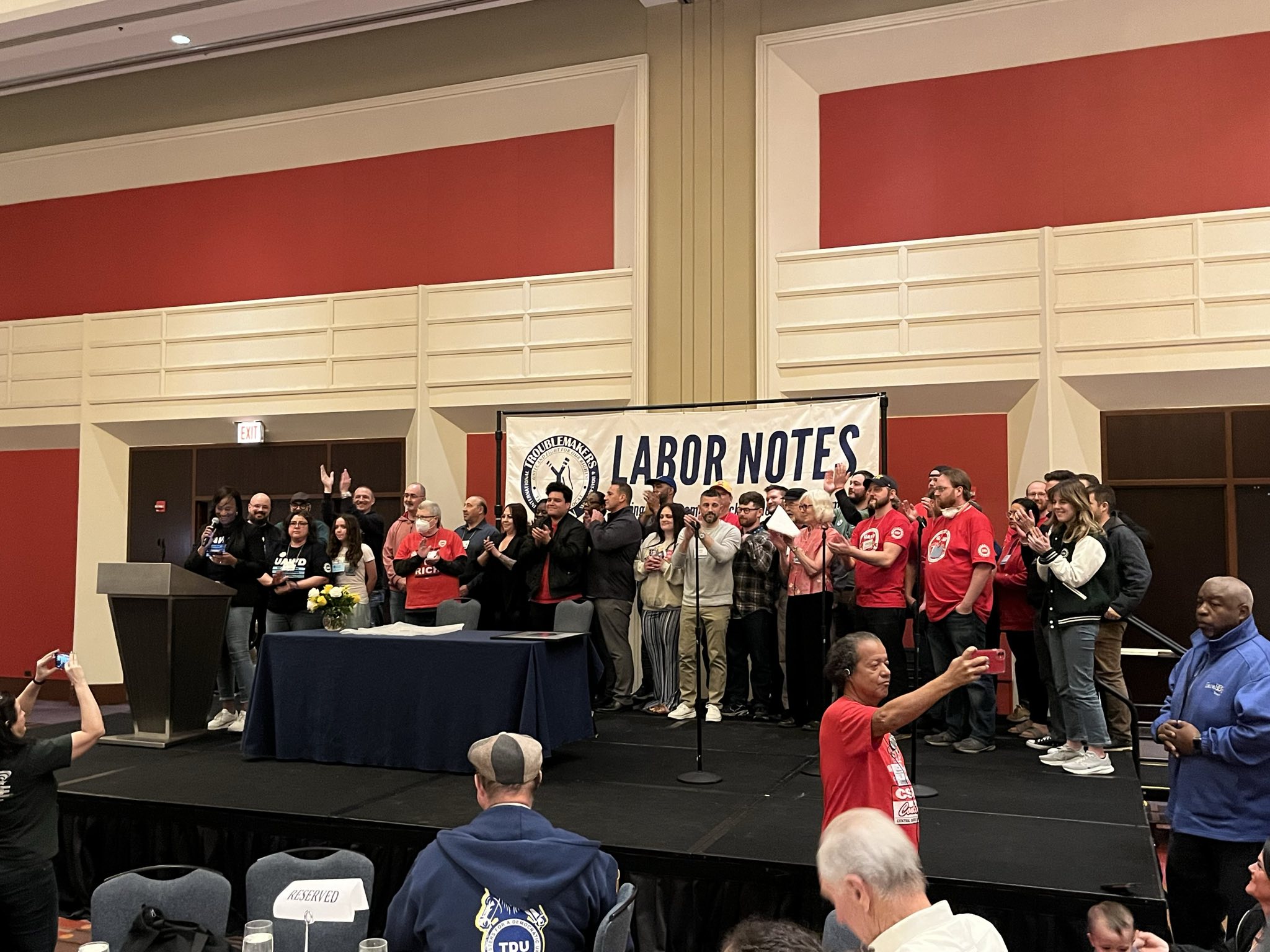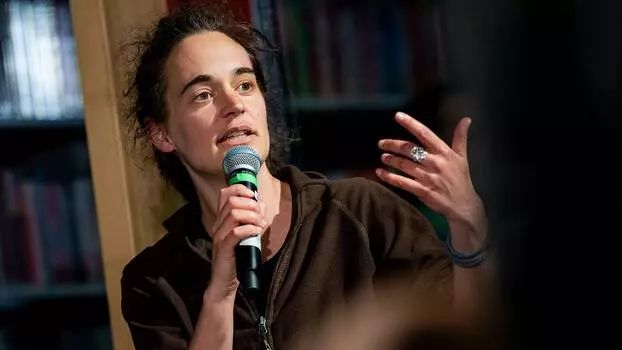Starting in January 2015, New York City residents, including more than 500,000 undocumented immigrants, will be able to obtain a municipal identification card.
For those immigrants living in the so-called “shadows,” the card promises to open up a window of light: it will grant them unprecedented access to the city’s public spaces and services, an easier time conducting private transactions, and an important measure of safety in interactions with the police.
The “City ID” program is the landmark immigration reform of Democratic Mayor Bill de Blasio’s first months in office. It will take years to make a final call on its success, but the robust campaign behind this program showcases the progressive political machine that has begun to turn its gears, with surprising speed, in New York City. That machine has already achieved a number of important, albeit imperfect, policy victories.
And more are in the works. While national immigration reform has stalled at the federal level and deportations continue at an overwhelming rate, cities and states have been developing a playbook of tactics to circumvent Washington and foster inclusion and safety for immigrants. New York, which de Blasio has described as “the ultimate immigrant city,” is well positioned to influence this shifting political terrain.
‘Revolt of the Cities’
In recent years, progressives have championed a number of key reforms to the U.S. immigration system. These include a path to citizenship for the country’s estimated eleven million undocumented immigrants; enforcement strategies that avoid sweeping deportations and the havoc they wreak on families and communities; and rules for admission that more sensibly reflect the needs of the economy and the nation’s immigrant roots.
These reforms have not been forthcoming. In the last decade a groundswell of activism brought thousands of immigrants out of the shadows and into the streets to demand change. The movement achieved some modest victories, including a reform bill passed by the U.S. Senate in summer 2013 that set out a path to citizenship, albeit a long and complicated one conditioned on the increased militarization of the U.S.-Mexico border and further criminalization of immigrants. Even after these compromises the bill stalled, with the famously recalcitrant Republican-led House of Representatives refusing to take it up.
Frustrated by years of stagnation at the federal level, activists and advocates are increasingly looking to cities as viable sites in which to pursue immigration reform. Since 2005 dozens of pro-immigrant policies have been enacted in cities across the country, on everything from limiting cooperation with federal immigration authorities to extending locally-funded health and social services, improving wages and working conditions, and granting immigrants municipal IDs and local voting rights.
And these reformers are on the ascent: in what one headline recently dubbed “the revolt of the cities,” the 2013 elections brought to power the most progressive mayoral and city council cohort in recent U.S. history. Left-populist mayors were elected in Boston, Minneapolis, Pittsburgh, Seattle and other cities.
Bill de Blasio has been widely hailed as the poster child of this new urban populism. He is backed by the most left New York City government in recent memory, in which like-minded colleagues fill the city’s top elected positions and a newly robust, 18-member progressive caucus drives the legislative agenda in the 51-member city council.
The New York progressives were brought to power, in large part, by a newly formidable player in the city’s political arena: the Working Families Party (WFP). This third party—a social democratic coalition of labor unions, community groups, and citizen activists that runs both issue and electoral campaigns—not only framed many of the core issues and candidates of the 2013 elections, but was also behind the original formation of the Progressive Caucus in 2010.
For immigration activists, the political dominos are now lined up in an unprecedented way. A number of the WFP’s core member organizations—including powerful labor unions like SEIU Locals 32BJ and 1199 and community organizing groups like Make the Road NY—have a substantial immigrant base. They are part of a local immigrant rights movement that has grown considerably in power and visibility in the last decade. And by virtue of the WFP’s successful electioneering efforts, that movement now has the ear of the mayor and city council.
The municipal ID campaign illustrated how just how neatly these dominos could fall into place. Once the idea garnered momentum during the 2013 mayoral race, advocates—led largely by Make the Road NY—built a diverse coalition that included local immigrant, LGBT, homeless and other rights groups to press the issue. The ID was trumpeted by de Blasio, introduced in the council by Progressive Caucus lawmakers with the backing of Council Speaker Melissa Mark-Viverito, and passed by an overwhelming majority.
The Bucket List
Alongside the municipal ID, New York City has rolled out a number of new immigrant-friendly policies in recent months. These include funding for legal representation for low-income immigrants facing deportation; support for the influx of Central American child migrants, including funding for legal representation and school and health services enrollment; the launch, together with Chicago and Los Angeles, of an initiative that aims to facilitate the naturalization process for legal immigrants; and most recently, a strong curtailing of the city’s cooperation with federal “detainers”—non-mandatory requests for local law enforcement to hold individuals suspected of being in the country illegally so they can be picked up by immigration authorities. Other progressive policies, like paid sick leave and universal pre-kindergarten, also stand to benefit the city’s estimated three million foreign-born residents.
Immigrant rights activists still have a long bucket list of objectives. Mirroring the national priorities of the moment, perhaps the most urgent is relief from deportation. President Obama’s executive action on immigration, due to take effect in the spring, promises to provide some 4-5 million undocumented immigrants with such relief, albeit only temporarily. Some 250,000 people in New York City are expected to benefit.
Locally, the municipal ID, for its part, will lower the risk that immigrants will be arrested for lack of identification and then fall into the hands of Immigration and Customs Enforcement (ICE). The funding for legal representation and limits on compliance with ICE detainer requests, which often land immigrants in federal detention and deportation proceedings, will provide additional safeguards.
These measures hardly represent a panacea. Nor are they purely progressive. New York’s new political machine, however well oiled, must still reckon with a host of conservative forces that wield real power in the city. The writing of the municipal ID law proves instructive: created by advocates and councilmembers, the draft included a privacy provision that barred the city from retaining any documents submitted as part of an ID application. However, the New York Police Department (NYPD) rejected the provision, and most advocates—exempting, notably, the New York Civil Liberties Union—bit the bullet. As the thinking went, the benefits of NYPD recognition outweighed the risks posed to cardholders. Under the bill that de Blasio signed in July, the city will keep the documents for two years and grant access to them for law enforcement officials with judicial warrants and subpoenas.
With the risk of being swept up in the federal enforcement dragnet that the card invites, it is a reasonable bet that some immigrants will opt to go without it.
Real relief from deportation would require the city to be able to shut out ICE completely—or for comprehensive immigration reform to be passed. While the city’s new detainer laws prevent ICE from taking most immigrants directly out of jails, they do not disrupt the national information-sharing mechanisms that allow the agency to identify potential targets in the first place.
And ICE is unlikely to take these new limits lying down. Immigrant rights advocates widely anticipate blowback, though exactly what that will look like and how the city will respond remains to be seen.
Additional policy ideas on the table include the idea of granting noncitizens local voting rights, for which substantial support exists in the city council. Other major immigration reforms, however—driver’s licenses for the undocumented, for example, or the Dream Act, which would grant undocumented college students access to in-state tuition rates and financial aid—are outside the city’s jurisdiction and have long been stymied by conservatives in Albany. For all its reputation as a liberal stronghold, New York lags behind the eleven states that already allow undocumented immigrants to obtain driver’s licenses and the fifteen that have passed some version of the Dream Act.
With the recent election of a Republican majority in the state Senate, this trend will likely continue. But additional city-level victories are within reach. Achieving them would provide immigrants with important rights while also firmly repudiating the federal government’s inertia on immigration reform.
That wave is rising across the country, and as it does, New York City is poised to drive it forward. Its reformist trajectory will likely fall short of the sweeping changes many immigrants hope for, but a new political space is opening up and immigrant rights activists would do well to enter it and fight.



